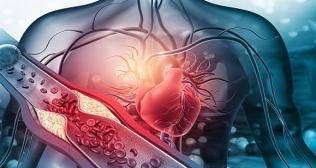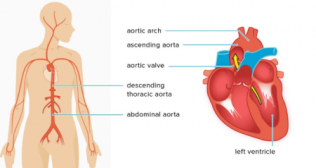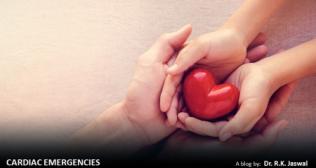
Heart Disease: Difference in Men and Women
Heart disease affects both men and women, but there are important differences in how it presents, is diagnosed, and is treated in each gender. These differences highlight the importance of understanding gender-specific factors when it comes to heart disease prevention and management.
Symptoms: Men and women may experience different symptoms when they have heart disease. While chest pain or discomfort is a common symptom for both genders, women are more likely to experience atypical symptoms such as shortness of breath, fatigue, nausea, vomiting, back pain, or jaw pain. This can lead to delayed diagnosis and treatment in women, as these symptoms are not always immediately associated with heart problems.
Age of Onset: Men tend to develop heart disease at a younger age than women. However, the risk for heart disease increases significantly in women after menopause, suggesting that hormonal changes play a role in the development of heart disease.
Risk Factors: While traditional risk factors for heart disease, such as high blood pressure, high cholesterol, smoking, and a family history of heart disease, apply to both men and women, there are some gender-specific risk factors. These include polycystic ovary syndrome (PCOS) and conditions related to pregnancy, such as preeclampsia and gestational diabetes, which can increase a woman's risk of heart disease later in life.
Diagnostic Challenges: Women often face diagnostic challenges because some of the common tests used to detect heart disease may be less accurate in females. For example, the treadmill stress test may not be as effective for women, as it is for men. This can lead to under diagnosis in women.
Treatment Differences: The treatment of heart disease can also differ between men and women. Women may be less likely to receive guideline-recommended therapies, such as aspirin or statin medications, after a heart attack. Additionally, women may be less likely to be referred for cardiac rehabilitation programs. This disparity in treatment can contribute to worse outcomes for women with heart disease.
Awareness and Education: Raising awareness about the unique aspects of heart disease in women is crucial. Historically, heart disease has been primarily studied and understood in men, leading to a lack of awareness and knowledge about how it affects women. Increasing education and awareness among healthcare providers and the general population is essential to improving outcomes for women with heart disease.
Prevention: Prevention strategies for heart disease are important for both men and women. Lifestyle factors like maintaining a healthy diet, engaging in regular physical activity, managing stress, and avoiding smoking are key components of heart disease prevention. However, healthcare providers should take into account gender-specific risk factors and symptoms when advising patients on prevention.
In conclusion, while heart disease affects both men and women, there are significant differences in how it manifests and is managed. Recognizing and addressing these differences is critical for improving outcomes and reducing the burden of heart disease in both genders. It underscores the importance of tailored approaches to prevention, diagnosis, and treatment based on an individual's gender and risk factors.
Categories
Clear allMeet the doctor

- Cardiac Sciences | Interventional Cardiology
-
34 Years
-
2000



















